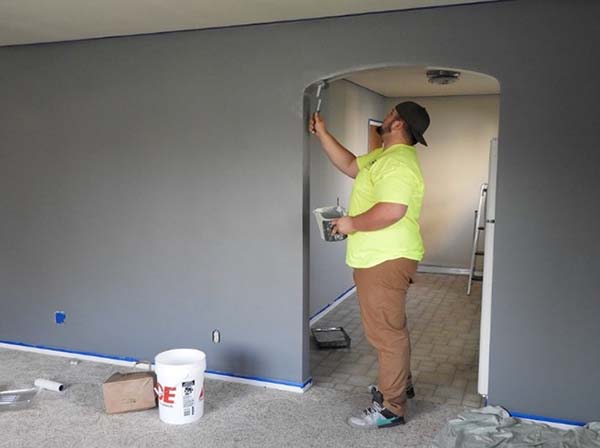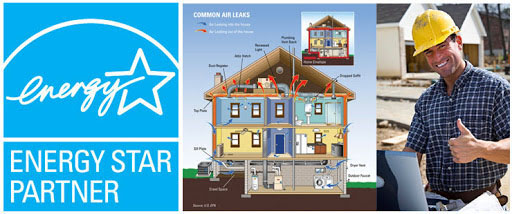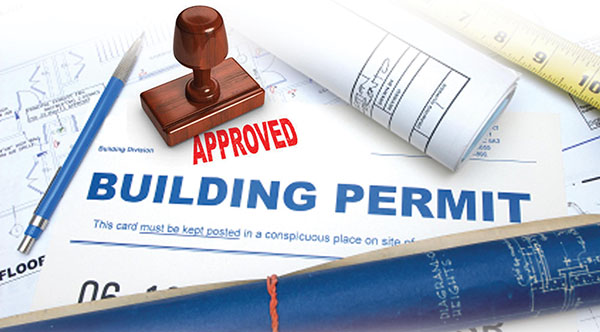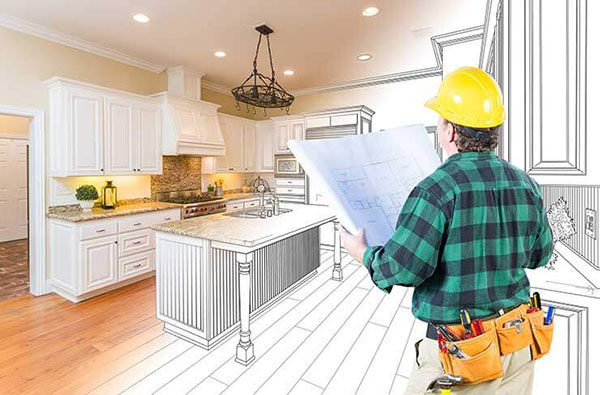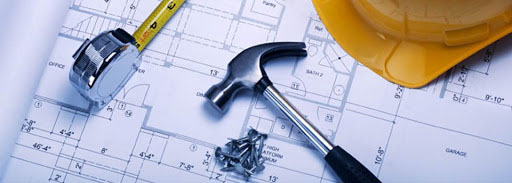Different types of concrete are produced based on the constituent material, mix design, the method of construction, area of application, form of hydration reaction. Details of these various types of concrete, their properties and applications are listed below.
Cad Pro is an affordable and easy alternative to other more expensive design software programs. Cad Pro is great for creating concrete drawings, concrete plans, innovative smart home designs, custom home plans, building plans, office plans, construction details, and much more.
CAD Pro allows anyone to share their ideas and plans with clients, colleagues or professional contractors using Dropbox®, Google Drive™, OneDrive®, and SharePoint®. Export files to Microsoft Word®, Excel®, and PowerPoint® with a single click.
CAD Pro has helped thousands of homeowners, builders, and concrete contractors plan and design all types of plans. CAD Pro is used by NARI professional remodelers and contractors and the NRCA roofing contractors. CAD Pro is also used by NHBA home builders and contractors, the National Kitchen & Bath Association (NKBA). as well as the (NALP) National Association of Landscape Professionals.
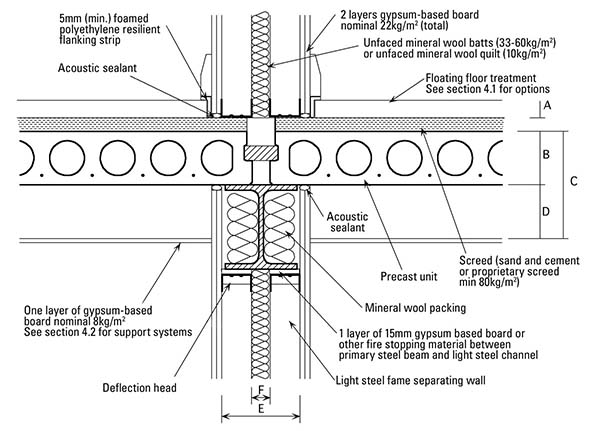
Different Types of Concrete and Designs
Different types of concrete:
(1) Normal Strength Concrete
This type of concrete is obtained by mixing the basic ingredients cement, water and aggregate this will give you normal strength concrete. The strength of this type of concrete will vary from 10 MPa to 40MPa. The normal strength concrete has an initial setting time of 30 to 90 minutes that is dependent on the cement properties and the weather conditions of the construction site.
(MPa) A megapascal is a measure of the compressive strength of concrete. It lets inspectors know how much pressure can be applied to the concrete before it cracks or fails.
(2) Plain Concrete
Plain concrete will have no reinforcement in it. The main constituents are the cement, aggregates, and water. Most commonly used mix design is 1:2:4 which is the normal mix design.
The density of the plain concrete will vary between 2200 and 2500 Kg/meter cube. The compressive strength is 200 to 500 kg/cm2.
This type of concrete is mainly used in the construction of the pavements and the buildings, especially in areas where there is less demand of high tensile strength. The durability given by this type of concrete is satisfactory to high extent.
(3) Reinforced Concrete
When reviewing the different types of concrete reinforced cement concrete is defined as the concrete to which reinforcement is introduced to bear the tensile strength. Plain concrete is weak in tension and good in compression.
Hence the placement of reinforcement will take up the responsibility of bearing the tensile stresses. R.C.C (reinforced cement concrete) works with the combined action of the plain concrete and the reinforcement.
The steel reinforcement used in the concrete can be in the form of rods, bars or in the form of meshes. Now fibers are also developed as reinforcement.
Fiber reinforced concrete is concrete that uses fibers (steel fibers) as reinforcement for the concrete. Use of meshes in concrete will give ferrocement.
Whatever be the type of reinforcement used in concrete, it is very necessary to ensure proper bond between the concrete and the reinforcement. This bond will control the strength and the durability factors of the concrete.
(4) Prestressed Concrete
Most of the mega concrete projects are carried out through prestressed concrete units. This is a special technique in which the bars or the tendons used in the concrete is stressed before the actual service load application.
During the mixing and the placing of the concrete, these tensioned bars placed firmly and held from each end of the structural unit. Once the concrete sets and harden, the structural unit will be put in compression.
This phenomenon of prestressing will make the lower section of the concrete member to be stronger against the tension.
The process of prestressing will require heavy equipment and labor skill (jacks and equipment for tensioning). Hence the prestressing units are made at site and assembled at site. These are used in the application of bridges, heavy loaded structures, and roof with longer spans.
(5) Precast Concrete
Different types of concrete such as various structural elements can be made and cast in the factory as per the specifications and bought to the site at the time of assembly. Such concrete units are called the precast concrete.
Examples of precast concrete units are concrete blocks, staircase units, precast walls and poles, concrete lintels and many other elements. These units have the advantage of acquiring speedy construction as only assemblage is necessary. As the manufacturing is done at site, quality is assured. The only precaution taken is for their transportation.
(6) Lightweight Concrete
Concrete that has a density lesser than 1920kg/m3 will be categorized as lightweight concrete. The use of lightweight aggregates in concrete design will give us lightweight aggregates.
Aggregates are the important element that contributes to the density of the concrete. The examples of light weight aggregates are the pumice, perlites, and scoria.
Light weight concrete is applied for the protection of the steel structures and are also used for the construction of the long span bridge decks. These are also used for the construction of the building blocks.
(7) High-Density Concrete
One of the different types of concrete that the densities ranging between 3000 to 4000 kg/m3 can be called the heavyweight concrete. Here heavy weight aggregates are used.
The crushed rocks are used as the coarse aggregates. The most commonly used heavy weight aggregates is Barytes.
These types of aggregates are most commonly used in the construction of atomic power plants and for similar projects. The heavy weight aggregate will help the structure to resist all possible type of radiations.
(8) Air Entrained Concrete
These are concrete types into which air is intentionally entrained for an amount of 3% to 6% of the concrete. The air entrainment in the concrete is achieved by the addition of foams or gas foaming agents. Some examples of air entraining agents are resins, alcohols, and fatty acids.
(9) Ready Mix Concrete
Ready mix concrete is mixed and bathed in a central mixing plant therefore called ready-mix concrete. The mixed concrete is brought to the site with the help of a truck-mounted transit mixer. Once reached in the site it can be used directly without any further treatment.
The ready-mix concrete is very precise and specialty concrete can be developed based on the specification with utmost quality.
The manufacture of these different types of concrete will require a centralized mixing plant. These plants will be located at an adjustable distance from the construction site. If the transportation is too long, then it will result in setting of concrete. Such issues of time delay are cope up with the use retarding agents that delays the setting.
(10) Polymer Concrete
When compared with the conventional concrete, in polymer concrete the aggregates will be bound with the polymer instead of cement. The production of polymer concrete will help in the reduction of volume of voids in the aggregate. This will hence reduce the amount of polymer that is necessary to bind the aggregates used. Hence the aggregates are graded and mixed accordingly to achieve minimum voids hence maximum density.
This type of concrete has different categories:
- Polymer Impregnated Concrete
- Polymer cement concrete
- Partially Impregnated
(11) High-Strength Concrete
These types of concretes have strength greater than 40MPa and can be termed as high strength concrete. This increased strength is achieved by decreasing the water-cement ratio even lower than 0.35.
The calcium hydroxide crystals that are the major concern product during hydration for the strength properties is reduced by the incorporation of silica fume.
In terms of performance, the high strength concrete should be less performing in terms of workability which is an issue.
(12) High-Performance Concrete
When it comes to different types of concrete these concretes conform to a particular standard but in no case, will be limited to strength. It must be noted that all the high strength concrete can be high-performance type. But not all high-performance concrete (HPC) are high strength concrete.
Standards that conform to the high-performance concrete are enlisted below:
- Strength gain in early age
- Easy placement of the concrete
- Permeability and density factors
- Heat of hydration
- Long life and durability
- Toughness and life term mechanical properties
- Environmental concerns
Click Here to Get Started
Home Building Permit Drawings



